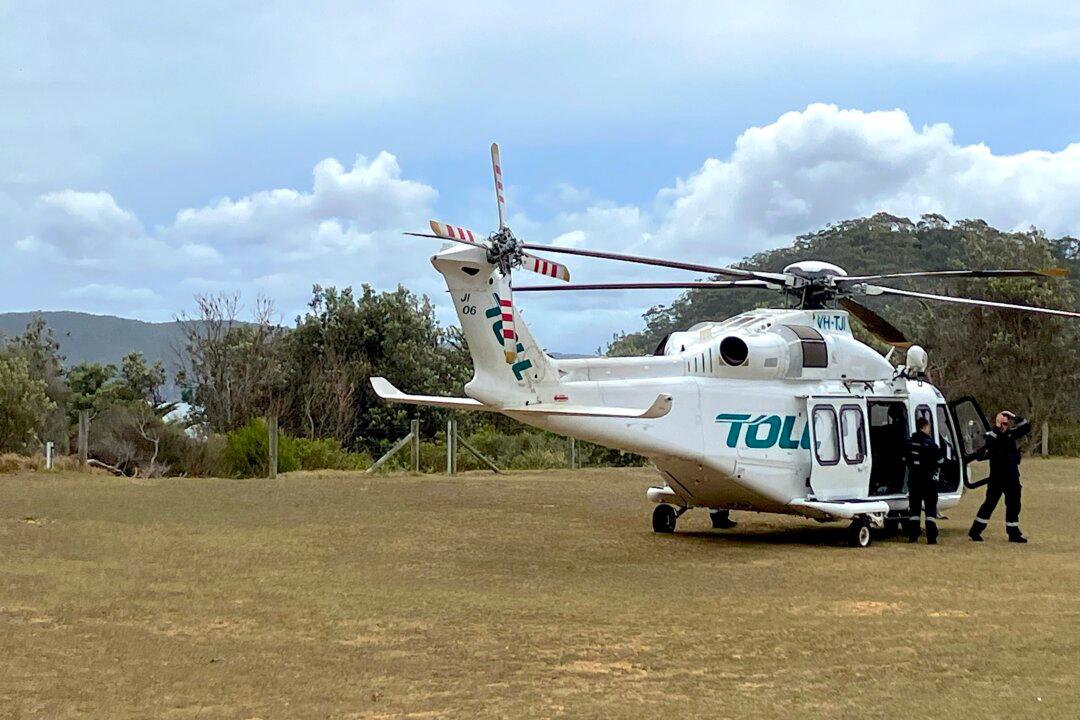An extra 50,000 older Australians will get access to the Commonwealth Seniors Health Card if the Morrison government is re-elected, as two new polls show Labor continues to lead on the two-party vote.
A day after Labor leader Anthony Albanese accused him of neglecting older Australians, Prime Minister Scott Morrison is set to announce an increase in the singles income test threshold— from $57,761 to around $90,000 - from July 1 this year to broaden access to the concession card.





